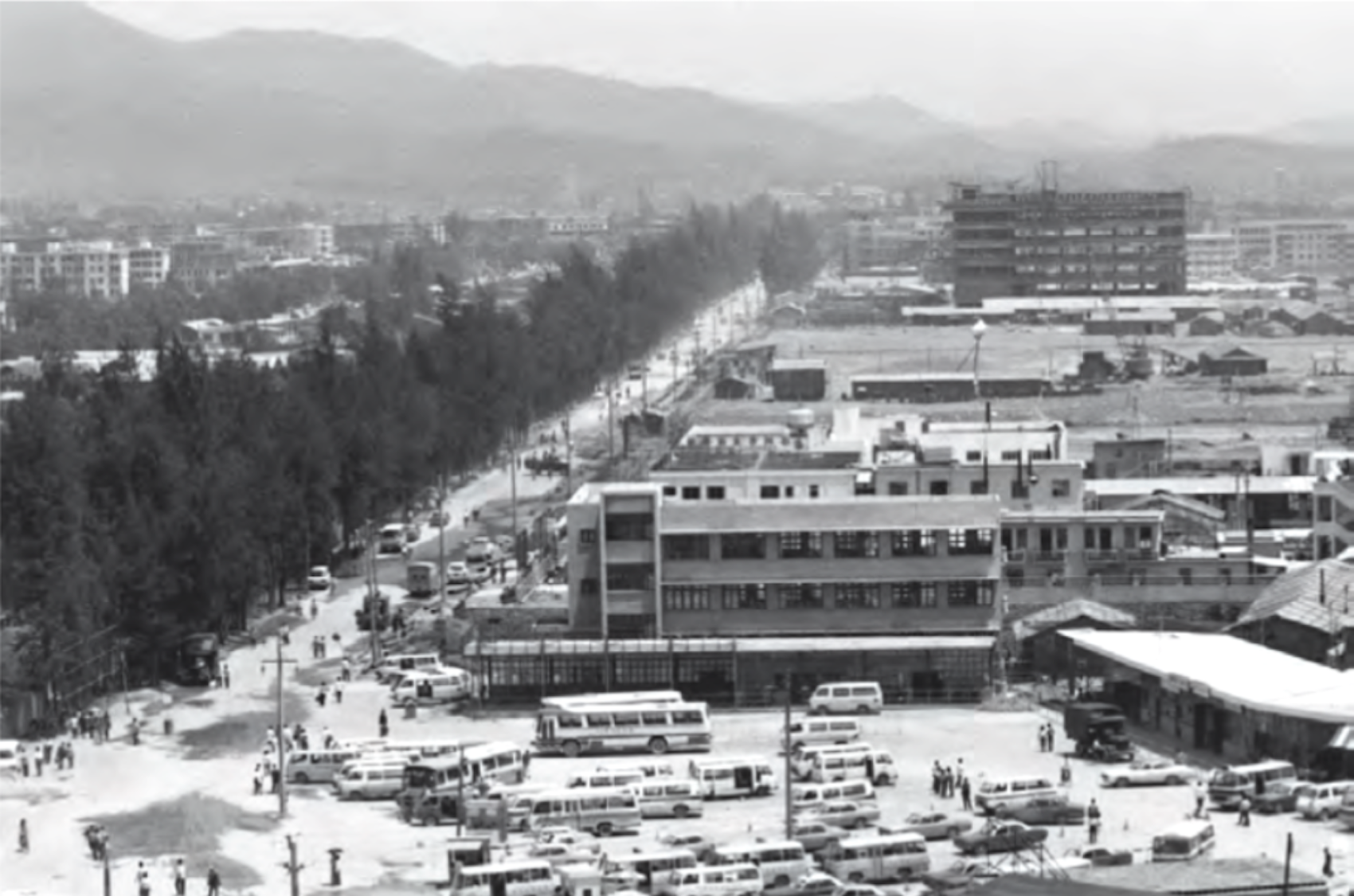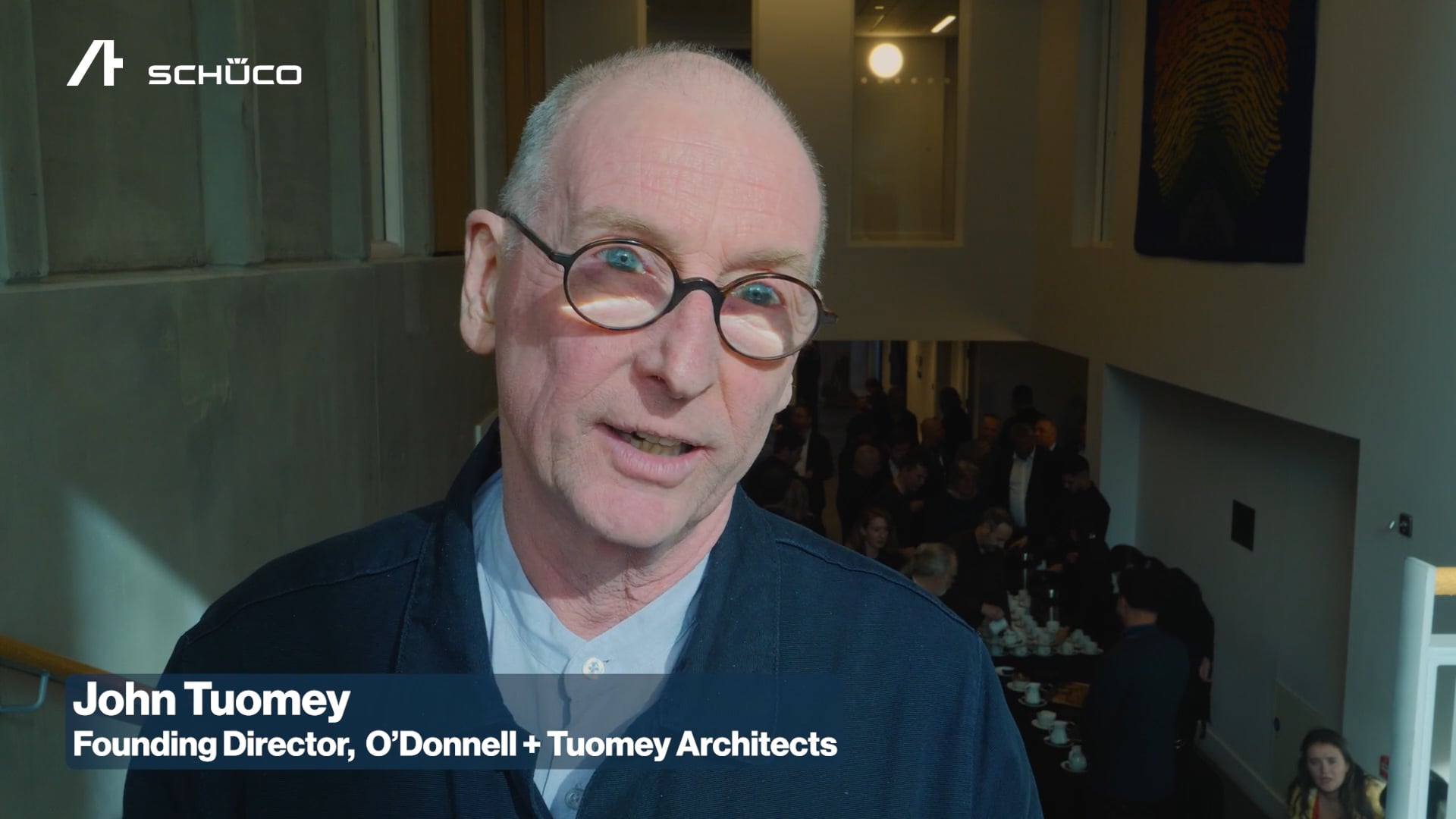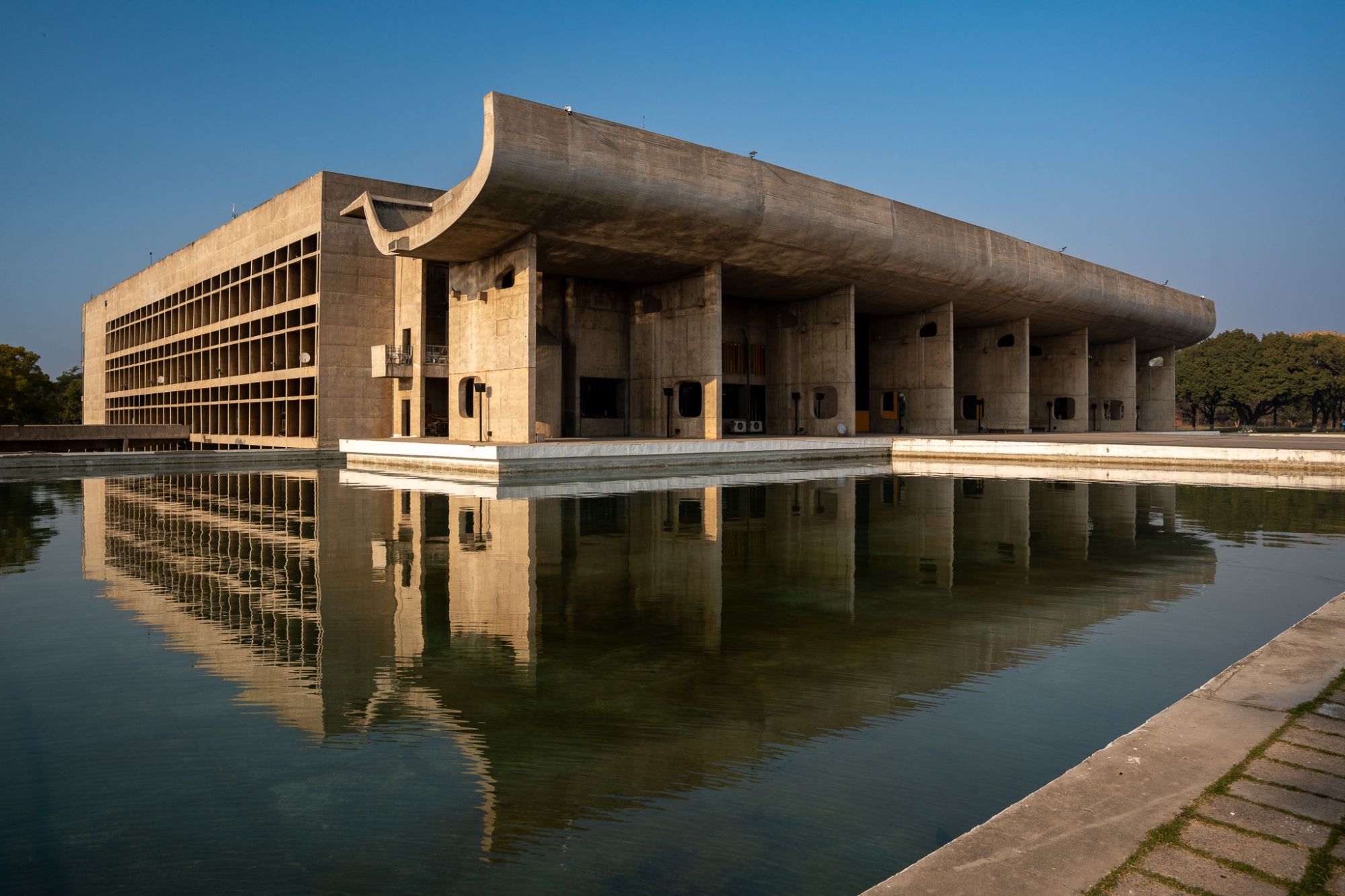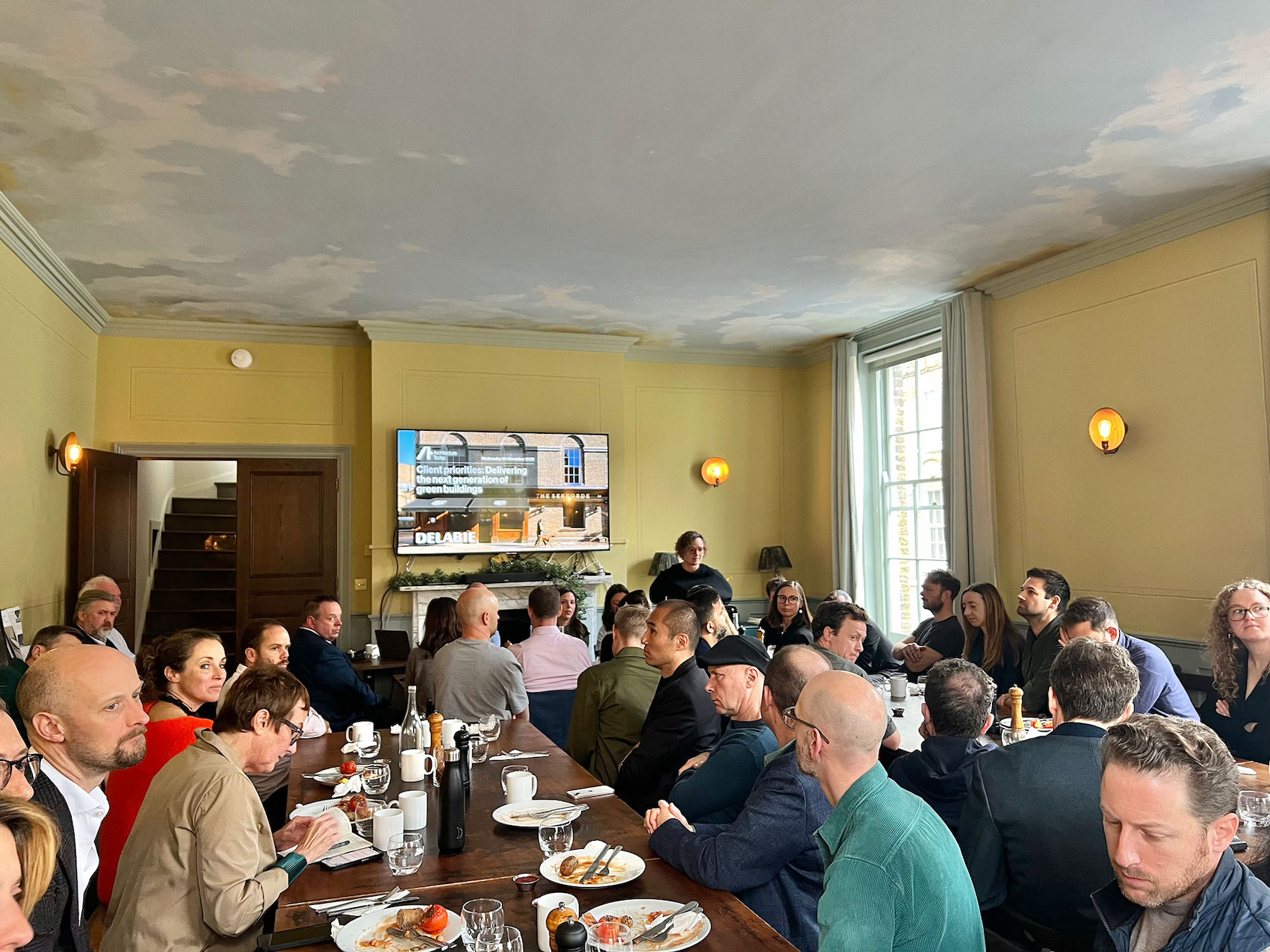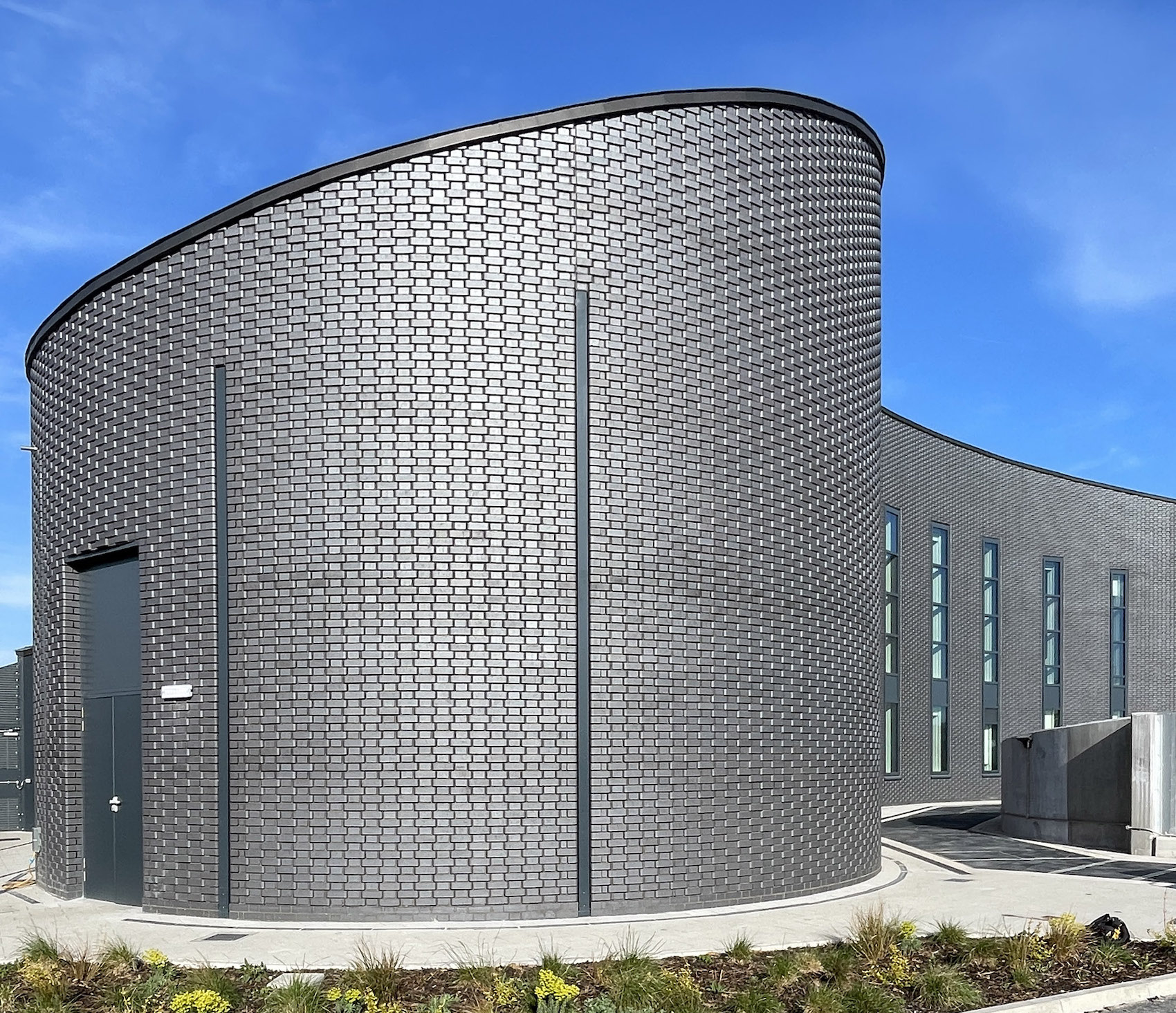Part 1 of the Regenerative Architecture Index focuses on practices’ ability to implement a shift in mindset to consider truly long-term thinking. Our decisions today should consider seven generations ahead, ensuring adaptability and flexibility for the future. This requires innovative thought, as current models are rarely beneficial in the long term.
There might come a time in the future when the company will lose its purpose and one of the future proposals might be to dismantle your firm – like a tree being reincorporated into the soil”
– Roman Krznaric, RAI ambassador
Responses in this section were assessed by Architects Declare steering group members Michael Pawlyn, Alasdair Ben Dixon, Zoe Watson and Zuzana Sojkova, with expert insight from Regenerative Architecture Index ambassador, social philosopher and author Roman Krznaric.
PRACTICE
While virtually all respondents have a clearly stated purpose aligned with the planetary emergency, many reflect a relatively narrow understanding of the practice’s role within society and the breadth of change required for the transition to a genuinely regenerative way of working. As RAI ambassador Roman Krznaric put it: “Generally, the responses are not radical enough.”
A number of participating practices are Employee Owned Trusts, which is positive, but it would be good to see more explanation on the way the company structure relates to the day-to- day experience of staff at all levels. Some practices operate employee forums or internal voting schemes to create opportunities for employees to engage in the future direction of the practice. Again, it would be useful to understand how these processes work and what outcomes they have achieved.
Krznaric was particularly interested in those practices that favour a flexible structure, focussing on staff development and fulfilment rather than succession planning, arguing that “the company structure needs to be allowed to evolve.” Staff move on and – like all living things – a practice can reach the end of its natural life. He also challenged the preoccupation with ownership: “There is a difference between ownership and stewardship. What could steward-owned companies look like?”
Practices are carrying out a diverse range of research, much of which is publicly shared, which is especially impressive for smaller practices with limited resources.
While the breadth of work is impressive, Krznaric felt that “It would be good to see more responses tackling wider systemic issues in society and a focus on how sharing knowledge benefits future generations.” Many practices reference carrying out post- occupancy evaluation on selected projects. However, we need to see this become the norm for all projects with a clear feedback loop leading to incremental improvements on future work.
Practices could make more effort in evaluating and describing the impacts of their research. Generally, there is a need to increase visibility and sharing of the fantastic research many practices are doing to avoid duplication, enable collaboration, and add to the knowledge base of the sector as a whole. We hope to use Regenerative Architecture Index activities to encourage collaboration between practices and spotlight this work.
PROJECTS
Practices that gave the strongest responses have fully integrated long-term thinking into their standard briefing process and/or created future- proof building systems that are flexible and reusable for multiple lifetimes. Some practices have fostered long-term relationships with clients to enable them to adapt and maintain buildings over time. Others use payback and whole-life carbon analysis or social value toolkits to encourage clients to make better decisions based on long-term value, not just capital cost.
Respondents have demonstrated robust methodologies for designing for future climates, from using accurate modelling software (PHPP) to design for scenarios over a 100-year period, to developing a flood-proof prefabricated structure on stilts. A handful of projects embrace a circular approach by using demountable, flexible systems that allow for deconstruction and reuse, finding donor buildings for materials and advocating for material banks.
Generally, we are seeing more instances of practices rejecting the UK’s legal definition of a building’s lifespan – set at 60 years – and advocating for lifespans of 100 years or more.
The answers
Read the responses from practices we’ve highlighted as ‘Front-runners’, ‘Runners up’ and ‘Ones to watch’ here.





